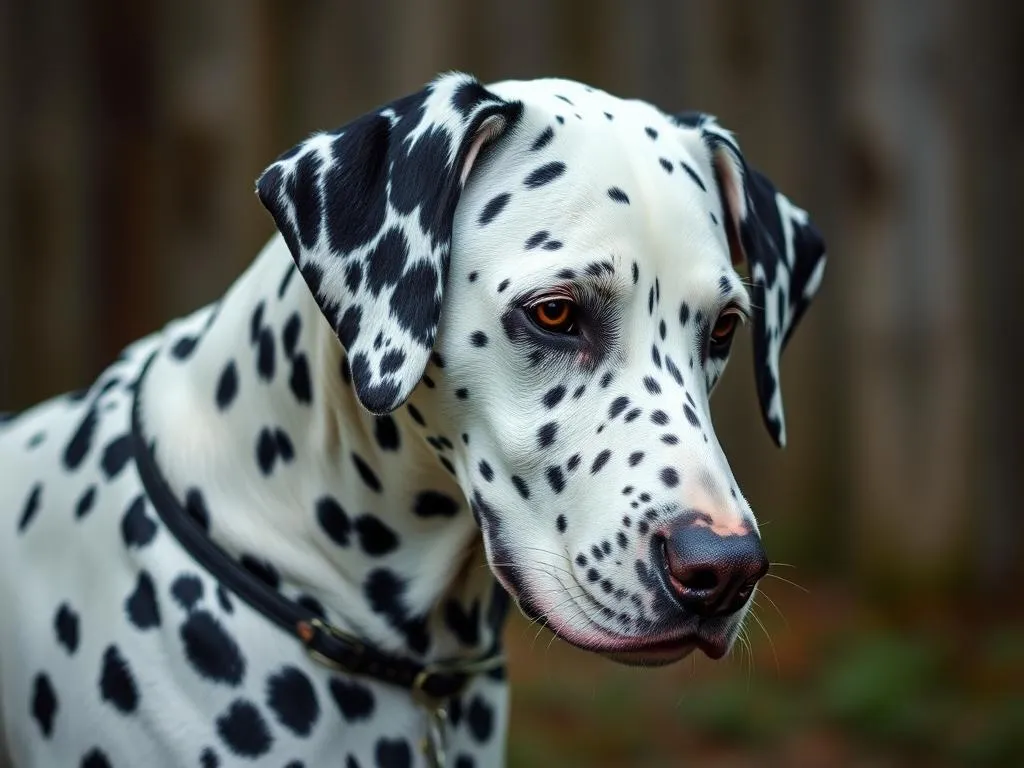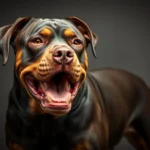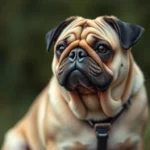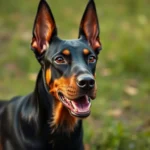
Understanding dog breeds is essential for potential pet owners to make informed decisions that suit their lifestyles. One common concern that arises is shedding, which can vary greatly among different breeds. For example, the Dalmatian is a breed well-known for its distinctive appearance and energetic nature, but how much does a Dalmatian shed? This article will delve into the shedding habits of Dalmatians while also providing insights into shedding behaviors in various dog breeds.
Understanding Shedding in Dogs
What is Shedding?
Shedding is a natural process in which dogs lose old or damaged hair. It is part of their coat maintenance, allowing for new hair growth and helping to regulate body temperature. Dogs typically shed their fur in cycles, which can be influenced by factors like breed, season, and overall health.
Why Do Dogs Shed?
Shedding is a biological mechanism rooted in evolution. Dogs shed for several reasons:
- Seasonal Changes: Most dogs experience increased shedding in spring and autumn as they transition between their winter and summer coats.
- Age: Younger dogs may shed more frequently as they transition from puppy fur to adult coats.
- Health Factors: Illness, stress, or allergies can affect shedding patterns, leading to excessive hair loss or changes in the normal shedding cycle.
Common Myths about Dog Shedding
There are several misconceptions surrounding dog shedding:
- Hypoallergenic Breeds: Some people believe that hypoallergenic breeds do not shed at all. In reality, these breeds may shed less, but they still lose hair.
- Shedding vs. Hair Loss: Shedding is a normal process, while excessive hair loss can indicate health issues. Recognizing the difference is crucial for maintaining your dog’s health.
Shedding Patterns of Different Dog Breeds
Breeds Known for Heavy Shedding
Certain dog breeds are notorious for their heavy shedding. Some of these include:
- Siberian Husky: Known for their thick double coat, Huskies shed heavily, especially during seasonal changes.
- German Shepherd: These dogs have a dense coat that sheds throughout the year with heavier seasons.
- Golden Retriever: With their long fur, Golden Retrievers shed quite a bit, particularly in the spring and fall.
These breeds often require regular grooming, including frequent brushing and professional grooming sessions, to manage their shedding.
Breeds with Minimal Shedding
On the other end of the spectrum, there are breeds that shed minimally or are considered hypoallergenic:
- Poodle: Available in various sizes, Poodles have a curly coat that traps loose hair, preventing it from spreading around the house.
- Shih Tzu: This small breed has long, flowing hair that sheds less frequently but requires regular grooming.
- Bichon Frise: Known for their fluffy coat, Bichon Frises shed very little, making them a popular choice for allergy sufferers.
These breeds often require specific grooming routines to maintain their coats and minimize any shedding.
Focus on the Dalmatian
Overview of the Dalmatian Breed
Dalmatians are a unique breed with a rich history, known for their distinctive black or liver-spotted coat. Originally bred as carriage dogs, they have become popular family pets due to their playful and energetic nature. Despite their popularity, there are many misconceptions about Dalmatians, particularly regarding their shedding habits.
How Much Does a Dalmatian Shed?
Dalmatians are considered moderate shedders. They typically shed year-round, with increased shedding during seasonal changes. Factors that influence how much a Dalmatian sheds include:
- Seasonal Changes: Like many breeds, Dalmatians shed more in the spring and fall as they prepare for temperature changes.
- Health: A healthy Dalmatian will have a consistent shedding pattern, while health issues can lead to increased shedding or bald patches.
In general, how much does a Dalmatian shed can vary from dog to dog, but regular grooming can help manage it effectively.
Grooming and Care Tips for Dalmatians
To manage shedding in Dalmatians, consider the following grooming practices:
- Regular Brushing: Brush your Dalmatian at least once a week to remove loose hair and reduce shedding around the home.
- Bathing: Bathe your dog every few months or when necessary. Use a shampoo formulated for dogs to avoid skin irritation.
- Grooming Tools: Use a rubber grooming mitt or a bristle brush to effectively remove loose hair.
Incorporating these practices into your routine will help minimize the amount of loose hair in your home.
Comparison of Dalmatians with Other Breeds
Shedding Comparison Table
Here’s a table that compares shedding levels among Dalmatians and other breeds:
| Breed | Shedding Level | Grooming Needs |
|---|---|---|
| Dalmatian | Moderate | Weekly brushing |
| Siberian Husky | Heavy | Frequent brushing |
| Poodle | Low | Regular grooming |
| German Shepherd | Heavy | Frequent brushing |
| Bichon Frise | Low | Regular grooming |
This comparison helps potential dog owners understand how a Dalmatian’s shedding patterns stack up against other popular breeds.
Lifestyle Considerations
Shedding can significantly impact home life, particularly for families or individuals with allergies. If shedding is a major concern, it’s essential to consider how a breed’s shedding habits align with your lifestyle. Families with young children or those who frequently entertain guests may prefer low-shedding breeds, while those willing to invest time in grooming might find Dalmatians and other moderate shedders to be suitable companions.
Managing Shedding in Dogs
Effective Grooming Techniques
To effectively manage shedding, follow these grooming techniques:
- Brushing: The frequency of brushing should match your dog’s coat type. For Dalmatians, weekly brushing is sufficient, while heavy shedders may require more frequent grooming.
- Bathing: Regular baths can help remove loose hair and dirt, reducing shedding. Choose dog-specific shampoos to maintain coat health.
Dietary Considerations
Diet plays a crucial role in maintaining a healthy coat, which may help reduce shedding. Consider the following:
- Balanced Diet: Ensure your dog receives a balanced diet rich in proteins, vitamins, and minerals.
- Supplements: Omega-3 fatty acids can promote a healthy coat and skin, potentially reducing shedding.
Discuss dietary changes with your veterinarian to ensure they fit your dog’s specific needs.
Environmental Factors
Shedding can also be influenced by environmental conditions:
- Climate: Dogs living in warmer climates may shed more as they adapt to heat, while colder climates may lead to thicker winter coats.
- Living Conditions: Indoor dogs may shed more due to indoor heating and air conditioning, which can dry out their skin.
To manage shedding effectively, maintain a comfortable environment for your dog and consider adjusting grooming practices based on seasonal changes.
Conclusion
Understanding shedding in dogs, particularly in breeds like the Dalmatian, is essential for potential pet owners. Dalmatians shed moderately throughout the year, with increased shedding during seasonal transitions. By employing effective grooming techniques, maintaining a balanced diet, and considering environmental factors, owners can manage shedding effectively.
When selecting a dog breed, it’s important to factor in shedding habits alongside lifestyle considerations. Each breed has unique grooming and care needs, and understanding these can pave the way for a happy and healthy life for both dogs and their owners.









